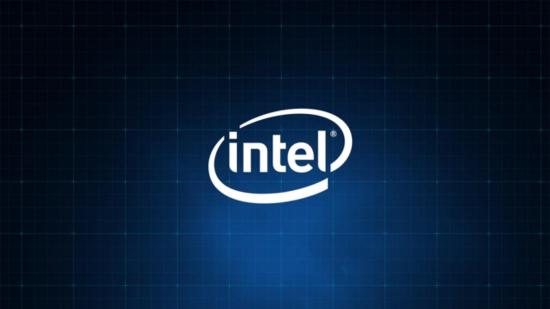Computex is upon us and Intel has taken the chance to remove the covers from its miniscule PC project: Project Athena. The new form factor/specification release, powered by the company’s chip-stacking Foveros technology, allows Intel and its OEMs to squeeze an entire x86 PC onto a System-on-chip no bigger than a power brick of your gaming laptop.
Over at Intel’s Computex Industry keynote, Gregory Bryant, Intel’s VP of client computing, explained how the company hopes to build a better mobile device. An all singing, all dancing micro machine that it believes is tailored exactly to the needs of a modern, 21st century user (read: millennial).
The whole concept is built upon six ideas: performance and responsiveness, instant action, intelligence, connectivity, battery life, and form factor. I won’t spend any time dwelling on the obvious ones – battery life is rather self-explanatory. Each and every Project Athena laptop will need to meet stringent rules and regulations, just released in the official 1.0 specification, to acquiesce to each “key experience indicators” – as only Intel could put it.
Instant action, for example, determines how quickly the device can be accessed from system sleep, and every device under the Project Athena umbrella will need to achieve system wake in under one second to classify.
Want more? These are the best CPUs for at least another month
Similarly, battery life will need to last nine hours or more under “real-world conditions”, those which Intel have deemed to be representative of an average user’s workload. And charge back up rapidly.
At the core of Project Athena lies Lakefield, Intel’s 10nm Sunny Cove chip made possible by its Foveros stacking technology.
Intel will personally police OEMs devices via the Project Athena open labs it announced earlier this month. Three locations worldwide – Shanghai, California, and right here in Taipei – will be responsible for ensuring vendor devices meet performance and low-power milestones for Project Athena devices.
But perhaps most surprising of all, Intel will not be branding Project Athena laptops as such – that pseudonym is merely to make all this reporting and organising a little easier. Rather it seems Intel is making a big play and handing over Project Athena 1.0 specification, it’s hopeful new mobile device form factor, to the OEMs.
Devices built upon this specification will be available by the end of year, at which point we will know whether Intel’s new lightweight form factor has what it takes to innovate the mobile space as the company hopes.
